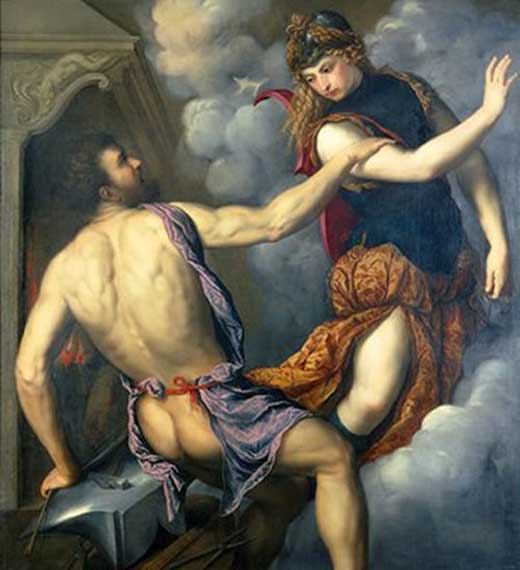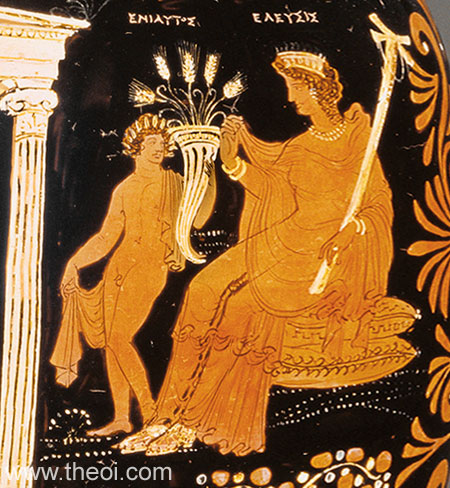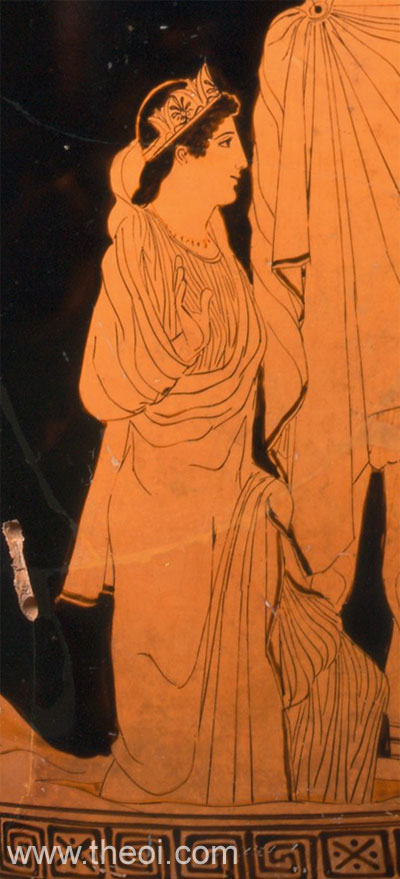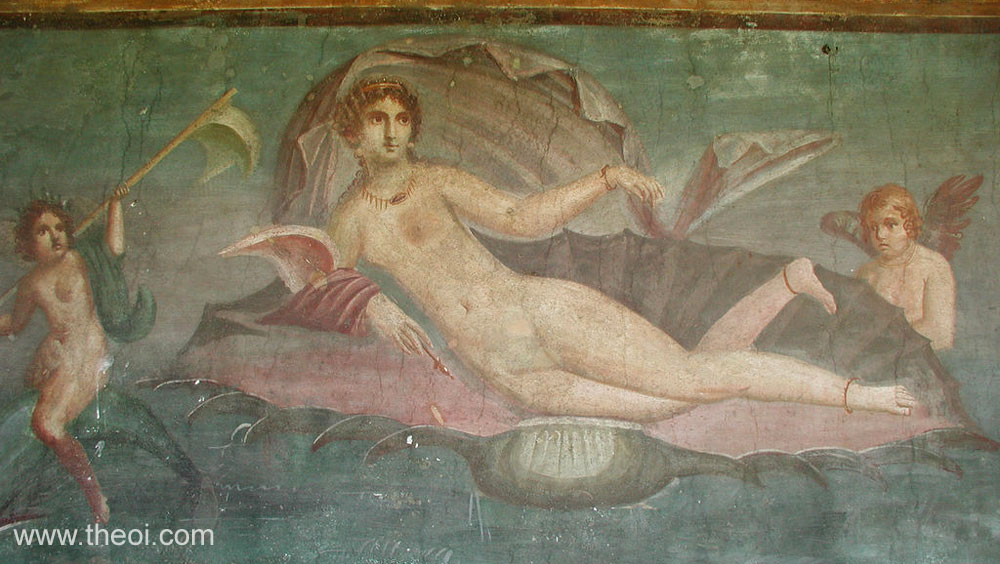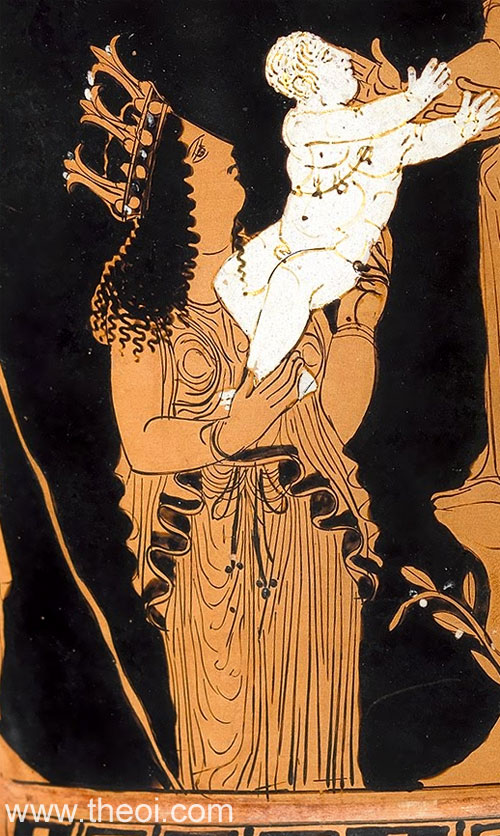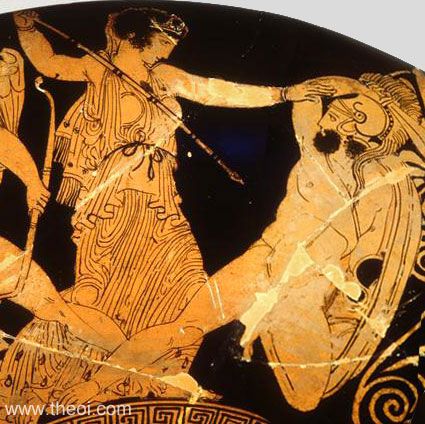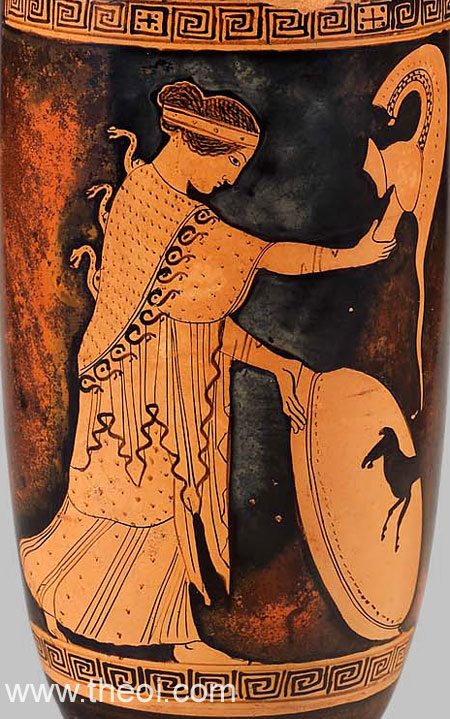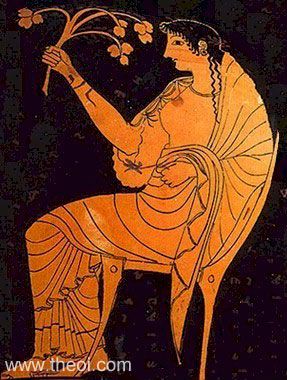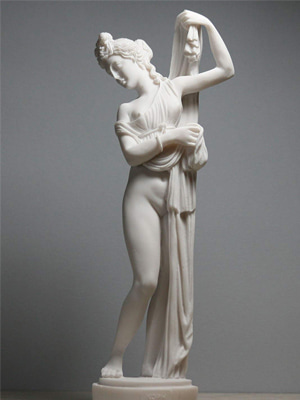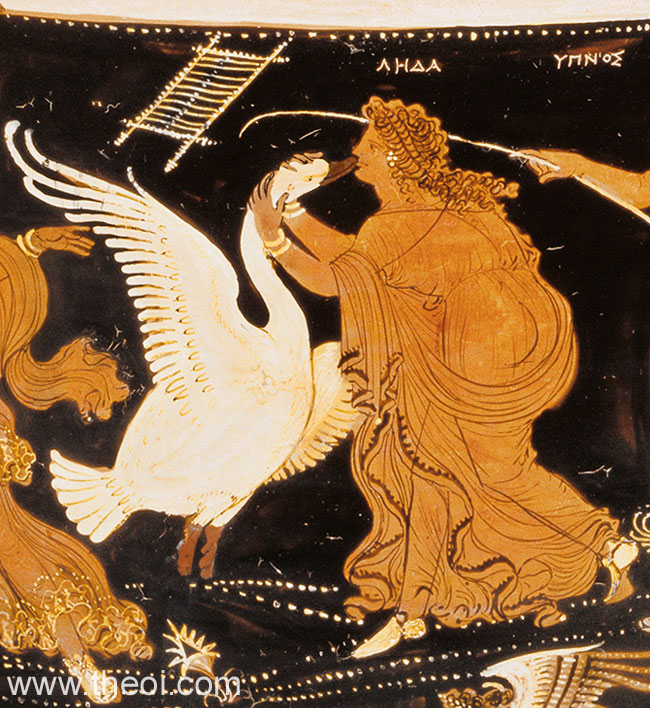There are numerous gods and goddesses in Greek mythology, each representing an aspect of nature or humanity. Some gods represent war and violence, like the god Ares. Other gods and goddesses represent the more positive symbols of life, such as music, poetry, harvest, wine, and so on.The Greek goddess that represents agriculture is Demeter.
Although you may not have heard the name Demeter mentioned as much as the other biggods, like Zeus and Poseidon, she is one of the uppermost goddesses when you look at a list or a family tree of all the gods in Greek mythology. Many demi-gods and deities came after Demeter, and only a few came before her.
Demeter has a generally good reputation, but the more you learn about her, the more you realize just how complicated the relationships are in Greek mythology.The actionsof the godscertainly didn’t align with the moral standards of most people these days, but we are talking about a whole other world and era where everything was different and much more euphoric.
Family Tree
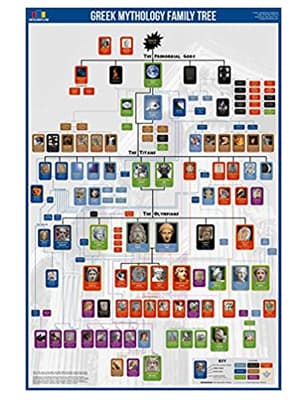
In Greek mythology, the connection between all the gods and their descendants is a long and intertwiningfamily tree with lots of stories that would take a long time to explain. In a short way of explaining, the Greek godscame from the Titans, the Titans came from Gaea and Uranus, and ultimately, they all came from Chaos. Demeter, specifically, came from her titan parents, Cronus and Rhea.
The Titans were the gods before the gods. They had many children, including Zeus, Poseidon, Hestia, Hades, and Demeter. These children later defeated their parents and took Olympus for themselves, which is why they are now known as the main gods in Greek mythology. On Olympus, Zeus, the god of thunder, became the new ruler of the Gods.
Zeus’s name is probably the most familiar to you, and it should be since he has quite the reputation.His wife Heragave him many children, which continued the lineage of the gods. However, Zeus also had a child with his sister, Demeter; a daughter named Persephone.
Persephone was loved very much by Demeter; that is why Demeter was so upset when Hades abducted Persephone and forced her to come to the Underworld to marry him. Demeter was more than angry; she was furious.So much so that she punished the Earth by making it unable to bear fruit. Thankfully, the situation later came to a resolution, which was set by Zeus,who worked out a compromise that would allow Persephone’s time to be split up between Hades and Demeter, regardless of her abduction by Hades.
As you can see, there is a lot of complication in the family tree of the Greek gods, especially since Hades, Zeus’s brother, forcefully took his niece and wed her. Demeter went through a lot of torment with her brothers, including an assault by her brother, Poseidon, which you can read about in another story.
Other Children of Demeter
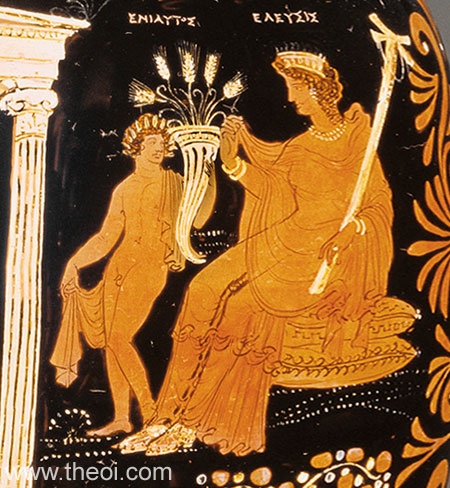
Persephone was not the only child that Demeter had with Zeus. She also had a son whose name was Iacchus. Iacchus was a lesser-known deity, and there is not nearly the same amount of recorded stories on him as there are for Persephone.
Demeter had a third child with another god besides Zeus. With the god, Iasion, she bore Plutus, who became the god of wealth. Since Demeter had a romantic relation with Iasion, Zeus became jealous and decided to kill Iasion with a lightning bolt. Throughout Greek mythology, you will see many instances where Zeus was jealous of other romances between the gods and goddesses, even though he is not faithful to his wife, Hera.
Symbolism and Appearance
In depictions of Demeter, you will usually see her as a mature woman crowned and holding sheaves of wheat and a torch. There are many different versions of her crown, but you will often see a crown of leaves or flowers since she is the goddess of agriculture.
According to Greek mythology, the torch you see in depictions is what Demeter used to find her abducted daughter, Persephone upon her capture; and the sheaves of wheat are a direct reference to her association with the harvest, wheat, and agriculture. Agriculture is an overall term for farming, tending to crop, tilling of the soil, and anything that has to do with naturally grown food, including the animals used to tend it.
She may seem ruthless due to her attempt to rid the earth of all of its fruit, but Demeter has a history of protecting crops and aiding in the fertility of the Earth. Citizens of the era would often pray to Demeter when they sowed their crops or while they were waiting for the harvest to be ready.
Artwork
Like most Greek gods and goddesses, Demeter has representations on many artists’ paintings and sculptures, from all parts of history. In artwork, sometimes you will see descriptions of Demeter that refer to her as Ceres, which was her Roman name.
Some artists of the famous paintings of Demeter are Giorgione, Sebastiano Ricci, Louis Jean Francois Lagrenee, and Antoine Watteau. Many other artists found inspiration in Demeter as well; these are just to name a few. Different types of artwork are available for viewing also, like reliefs, stamps, statues, and pottery.
If you want to visit some of these paintings or statues, try visiting the Metropolitan Museum of Art in New York, Capodimonte National Museum in Naples,Italy, or the Academy Gallery in Venice. Italy is one of the most significant locations for representations of Greek mythology; hundreds of pieces of artwork are on display there, including many of the Goddess Demeter.
The Greek Goddess of Agriculture
The stories of Demeter are significant in Greek mythology. Her interactions with Hades and what she had to go through to see her daughter Persephone again became a symbol for the seasons themselves. There is more than one temple dedicated to her, and she has a place in Homer’s stories.
